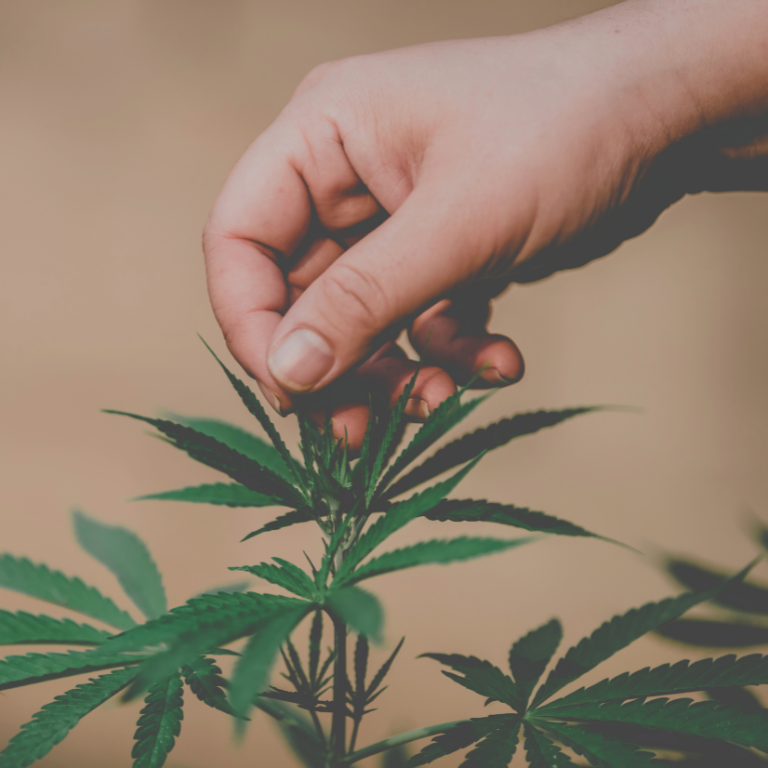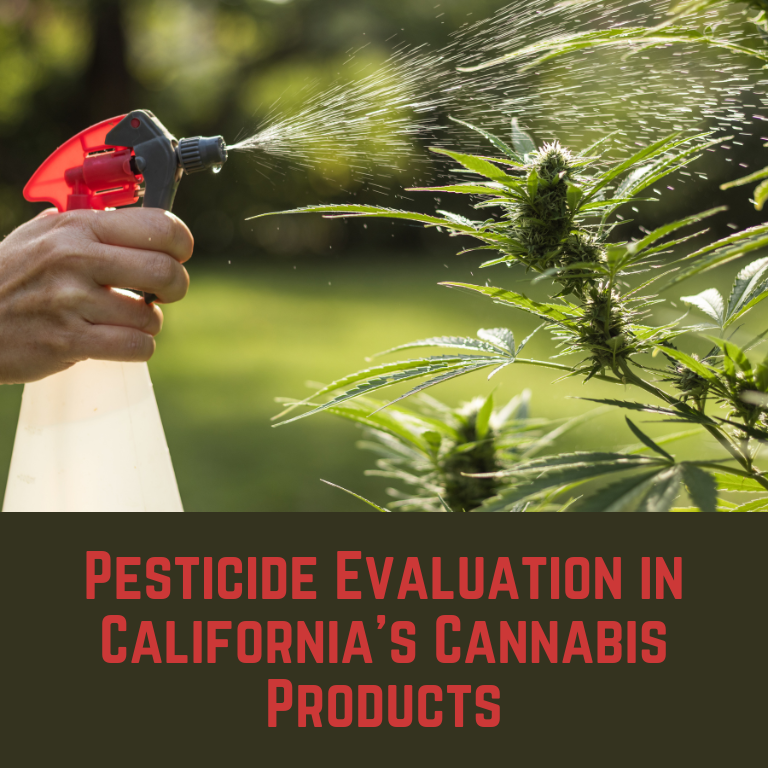Allergic and Respiratory Issues in Indoor Cannabis Grow Workers
The cannabis industry has seen rapid growth in recent years, especially with the legalization of both medical and recreational cannabis in many states. As this industry expands, more people are employed in indoor cannabis cultivation facilities, where they are exposed to a unique set of occupational health risks. Among these risks, allergic and respiratory issues have emerged as significant concerns for indoor cannabis grow workers. This article explores the causes, symptoms, and preventative measures for these health issues, highlighting the need for greater awareness and improved workplace safety standards.
Causes of Allergic and Respiratory Issues
Cannabis Plant Allergens: Cannabis plants produce pollen and resin, which can act as allergens. Workers who handle cannabis plants may develop allergic reactions to these substances, similar to reactions caused by other plant allergens. These reactions can include symptoms such as sneezing, runny nose, and itchy eyes.
Mold and Mildew: Indoor cultivation environments are often humid and warm, creating ideal conditions for mold and mildew growth. Mold spores can become airborne and inhaled by workers, leading to respiratory issues such as hypersensitivity pneumonitis, a condition where the lungs become inflamed due to an allergic reaction to inhaled organic dust.
Pesticides and Chemicals: Cannabis cultivation sometimes involves the use of pesticides and fertilizers to protect the plants from pests and diseases. Exposure to these chemicals, especially in poorly ventilated indoor facilities, can cause respiratory irritation and long-term health effects. Workers may inhale these substances during the application process or through residual presence in the air.
Dust and Particulate Matter: The processing stages of cannabis, including trimming and drying, generate dust and particulate matter that can be inhaled. This exposure can lead to respiratory conditions such as bronchitis or exacerbate existing respiratory diseases like asthma.
Symptoms of Allergic and Respiratory Conditions
Workers exposed to cannabis allergens and other respiratory irritants may experience a range of symptoms, which can vary in severity depending on the level of exposure and individual susceptibility.
Respiratory Symptoms:
- Coughing and wheezing
- Shortness of breath
- Chest tightness
- Nasal congestion and runny nose
Allergic Reactions:
- Itchy or watery eyes
- Skin rashes or dermatitis
- Sneezing and nasal itching
Severe Reactions: In rare cases, exposure can lead to more severe reactions such as anaphylaxis, which requires immediate medical attention. Anaphylaxis symptoms include difficulty breathing, swelling of the face or throat, and a sudden drop in blood pressure.
Preventative Measures and Workplace Safety
To protect indoor cannabis grow workers from allergic and respiratory issues, employers should implement comprehensive safety protocols and preventative measures.
Personal Protective Equipment (PPE):
Providing PPE such as gloves, masks, and respirators can significantly reduce exposure to allergens, mold spores, and chemicals. Eye protection and protective clothing can also help prevent skin and eye irritation.
Ventilation and Air Quality Control:
Proper ventilation systems are crucial in reducing airborne contaminants. High-efficiency particulate air (HEPA) filters can help remove dust, mold spores, and chemical residues from the air. Maintaining an optimal humidity level is also important to prevent mold growth.
Safe Handling and Application of Chemicals:
Workers should be trained in the safe handling and application of pesticides and fertilizers, including the use of appropriate PPE and proper ventilation during application. Employers should use the least toxic options available and adhere to safety guidelines for pesticide use.
Health Surveillance and Monitoring: Regular health screenings for workers can help detect early signs of respiratory or allergic conditions. Monitoring symptoms and implementing prompt medical interventions can prevent the progression of more serious health issues.
Education and Training: Employers should provide training programs that educate workers about the potential health risks associated with their work environment. This includes information on recognizing symptoms of allergic reactions and respiratory issues, as well as proper work practices to minimize exposure.
Regulatory and Policy Considerations
Regulatory agencies play a critical role in establishing and enforcing safety standards within the cannabis industry. Clear guidelines on acceptable exposure levels, proper use of PPE, and handling of hazardous materials are essential for protecting worker health.
Occupational Safety Standards: Development and enforcement of industry-specific occupational safety standards can help mitigate risks. This includes regulations on air quality, chemical use, and workplace hygiene practices.
Worker Rights and Protections: Ensuring that workers have access to healthcare and protective measures, as well as the right to report unsafe conditions without fear of retaliation, is crucial. Workers should also be informed about their rights to a safe workplace under existing labor laws.
As the cannabis industry continues to grow, addressing the occupational health risks associated with indoor cultivation is essential. Allergic and respiratory issues among cannabis grow workers highlight the need for rigorous safety protocols and workplace standards. By implementing comprehensive safety measures, providing proper training, and ensuring regulatory compliance, the industry can protect its workforce and promote a healthy, sustainable working environment. Ongoing research and collaboration between industry stakeholders and health authorities will be key to developing effective strategies for mitigating these risks.














